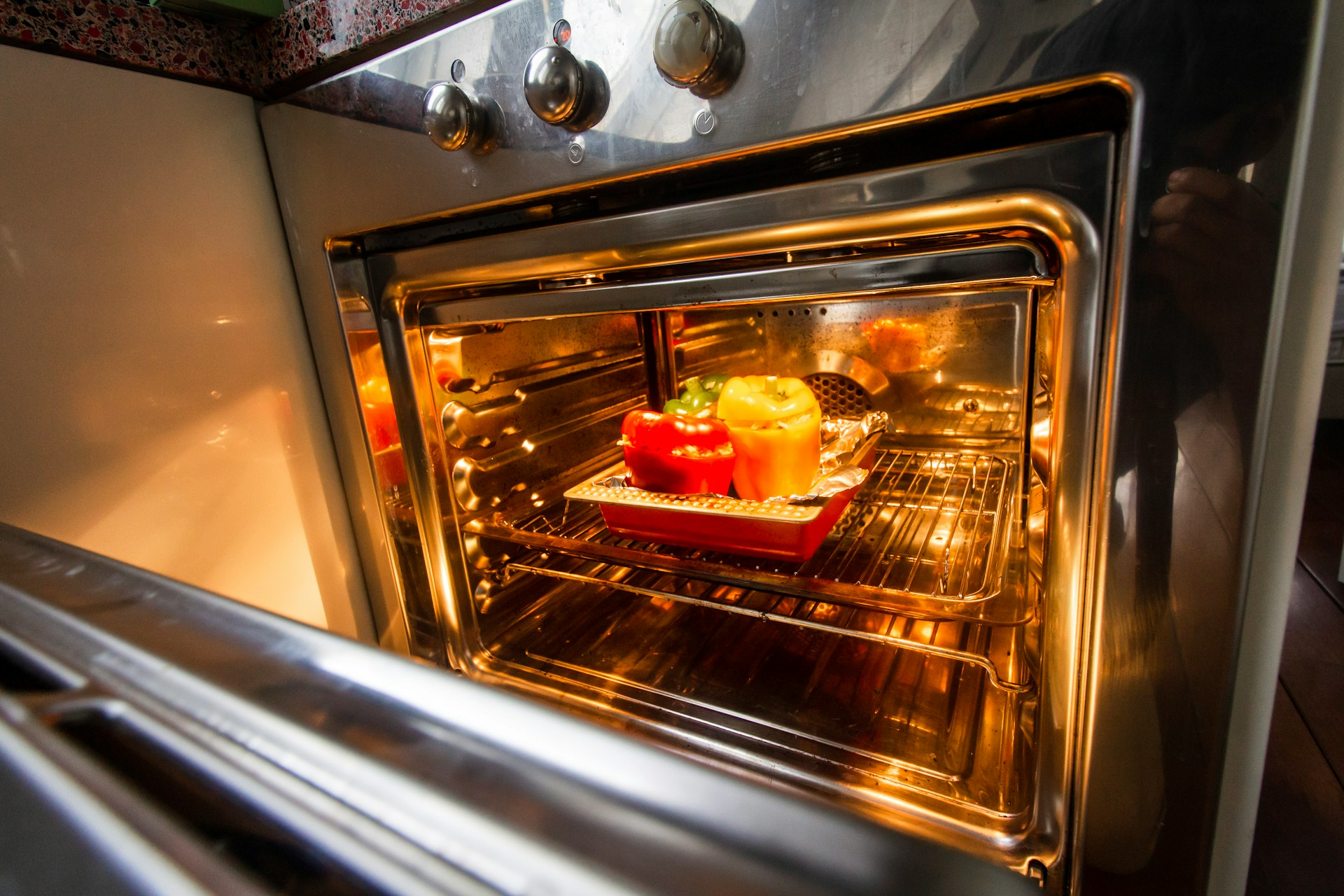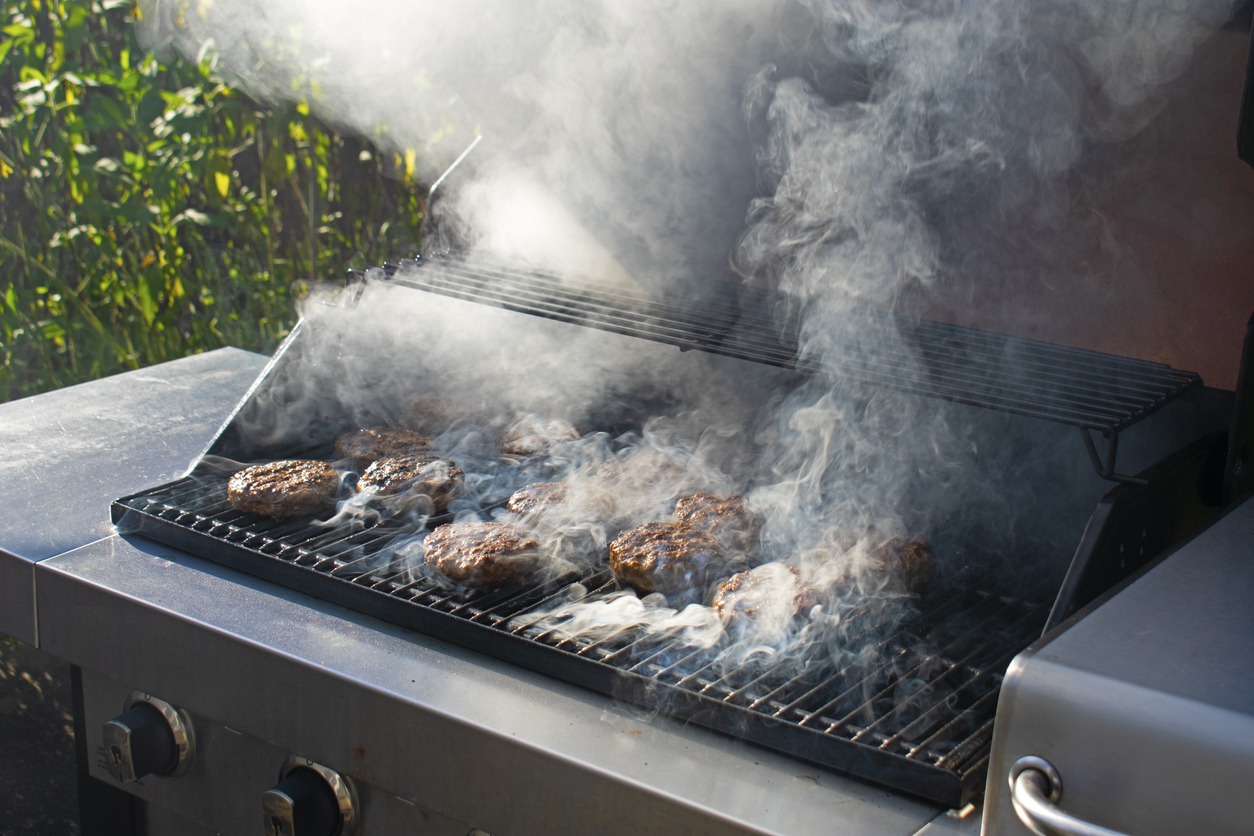Built-in vs Freestanding Ovens: Pros and Cons

Planning a new kitchen is all Pinterest boards and pipe dreams until it’s time to pick an oven. While the wrong model won’t ruin your life, it might make preparing weeknight dinners a bit more annoying than they need to be.
Do you want a sleek and stylish built-in oven or something a bit more move-in-and-go? So, before you lock in a decision, take some time to consider the pros and cons of each. Let’s break it down, minus the jargon and appliance showroom confusion.
Built-in Ovens
Built-in ovens are a popular pick for modern kitchens, especially when space is tight but style still matters. They slot neatly into your cabinetry, giving you that seamless, high-end look without eating up precious floor space.
With a wide range of sizes and finishes, they can blend into just about any countertop setup, whether your kitchen is more classic, contemporary, or somewhere in between.
Say “Yes” to Smart and Stylish
If you’re after a kitchen that feels clean, modern, and a little bit fancy, a built-in oven is a strong start. As we’ve mentioned, they sit flush with your cabinetry, saving space and giving everything that sleek, high-end look.
You can also install them at eye level, so you won’t need to squat in front of your hot oven like you're warming up for leg day.
Plus, they’re great at holding consistent heat, which means better baking, more reliable roasts, and fewer “why is it burnt only in the middle?” moments.
Cleaning them is a little easier, too. Since they have fewer exposed sides, this usually equals less grime build-up around and behind the unit. This is why professional oven cleaning specialists tend to prefer them over freestanding models.
Add in the fact that most come loaded with clever features and clean lines, and it’s no surprise they’re a hit with anyone who likes their appliances to look sharp and be practical.
In fact, many come with advanced features like self-cleaning and apps that let you control them from your phone. After all, who doesn’t love bossing around their appliances from the couch?
Don’t Get Boxed In
As sleek as built-in ovens are, they don’t come without a few headaches. For starters, they’re usually more expensive than freestanding models, and getting them fitted isn’t cheap either.
Unless you know your way around wires, you will need a professional, which bumps up the cost even more.
Also, once a built-in model is in, it’s staying put. So, if you’re the type who likes rearranging your kitchen every couple of years, this probably isn’t your match.
Repairs can be a bit of a pain, too. Accessing the oven might mean pulling apart part of your cabinetry, which can quickly turn a simple fix into an expensive afternoon. And if parts need replacing, delays aren’t uncommon, especially for newer, fancier models.
That’s why if you’re after something simple, quick, and not too pricey, built-in ovens are not the best pick. However, they do look nice and generally work well once they’re set up. It’s just about weighing the good and bad against what you need and want in your kitchen before deciding.
Freestanding Ovens
Freestanding ovens are self-contained units that include both an oven and a cooktop in one appliance.
Unlike built-in models, they’re not designed to be slotted into cabinetry or fixed in place. They stand on their own, usually between benches or against a wall, and have finished sides so they don’t need to be boxed in.
You’ll often spot them in more traditional layouts or rental homes, but they’re still a common choice in many modern kitchens.
Plug It In and Go
Freestanding ovens are a go-to for a reason. They’re affordable and don’t come with strings attached. Since the cooktop and oven are built into a single unit, you’re getting two major appliances in one tidy package.
That means less planning, less trouble during installation, and one less thing to coordinate when you’re setting up your kitchen. They’re also easy to slot into place. You won’t need cabinetry cut-outs or custom fittings. Just position your oven where it suits you, and you’re good to go.
Their flexibility makes them ideal for renters, frequent movers, or anyone who prefers not to commit to one layout forever. If you decide to rearrange your space down the track, you won’t need a full renovation just to bring your oven along for the ride.
You’ll also find plenty of size options, from compact models for tight spaces to wider ones for big family dinners.
Whether your kitchen is big or cramped, freestanding ovens tend to be far more forgiving. And when it comes to value for money, they usually cost less upfront and don’t need a pro to install.
Know What You’re Missing
Freestanding ovens are practical, but they don’t exactly win points for subtlety. They take up more room, which is a problem if you’re working with limited space.
Moreover, because the cooktop and oven come as one, these units tend to look a bit bulkier than a built-in setup, and not everyone is a fan of how they look.
While built-in models include smart tech and self-cleaning modes, freestanding ovens often come with just the essentials. Some models can also be a bit hit-and-miss with heat distribution, so baking anything delicate might involve a bit of tray rotation and crossed fingers.
Then, there’s the cleaning situation. Since the oven doesn’t sit flush with your cabinets, crumbs and grease love to sneak down the sides or under the unit itself.
So, unless you’re in the habit of pulling out heavy appliances between every mop, it’s easy for that grime to stick around longer than it should.
Overall, freestanding ovens get the job done, but if you’re after something sleek, feature-packed, and low-maintenance, they might not be your perfect match.
Conclusion
And, that’s how you do kitchen planning! Hopefully, by now, you have all the know-how you need to pick an oven that actually suits your lifestyle, not just what is trendy on Instagram.
So, pick the choice that fits your needs best and let your oven do all the heavy lifting for once.
Good luck!

